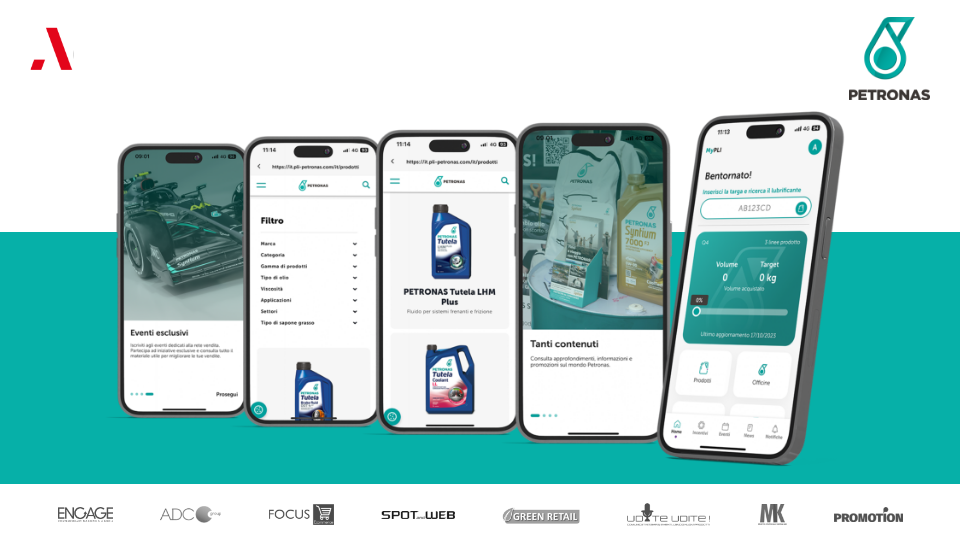23rd Unipr Loyalty Observatory Conference: our point of view
Let's review the most important Italian event in the field of loyalty and analyse the shock numbers that emerged from the annual study on Italian companies.

Last November, the 23rd Loyalty Observatory Conference took place, the main event in Italy held by and for experts in the world of loyalty. Its aim is to take stock of the situation on the Italian market and present the results of the annual Study on Companies and Consumers conducted by the Unipr Loyalty Observatory.
What were the main results that emerged from the Company Study? Let's analyse them together.
The industry is focused on tactical solutions with rapid time-to-market.
The research showed that about 54% of companies will use loyalty strategies to acquire new customers and increase purchase frequency and turnover. This is a signal that raises an alarm in the sector as, for consistency, loyalty supports long-term strategies that facilitate and enrich the brand-user relationship, while engagement strategies focus on tactical processes such as lead generation, up-selling, or frequency.
Loyalty as a cost and not as profit
The research reveals that there is a real cultural problem in Italy around loyalty issues, which are still often associated with the concept loyalty cards and stamps. Furthermore, 49% of companies consider their programme a cost and not a profit tool. This figure is up from 2022, when it stood at around 38%.
The problem is cultural and is mainly attributable to management, which still reasons in terms of cost-point. The design of a behavioural loyalty strategy should have an impact on engagement issues, even with quick time-to-market, but it should also support loyalty processes based on user knowledge. A well-nourished customer base can be a tool for dialogue with highly profitable customers and stakeholders, not only in terms of business, but also in terms of awareness and research and development issues.
Only 1% of companies are very satisfied with their loyalty strategy
In the industry, 60% say they are on average satisfied with their programme, although performance could be higher. Performance, however, is difficult to really calculate, with about 50% of respondents stating that they cannot map the ROI of their programme, due to lack of tools or skills to ascribe costs and revenues.
However, all is not lost...
Because despite this none too rosy picture, companies still think that engagement and loyalty strategies are fundamental in their marketing mix. And so the managers declare that in 2024, investments will be focused on improving the customer experience, personalising offers and experiences, content marketing as a lever to map tastes and preferences of the public, and, of course, on the strategic use of customer insights to improve dialogue with the public.
... but it's time to be brave. In all this chaos, however, it is time to be brave, as Fulvio Furbatto, CEO & Founder of the Advice Group, comments in his 3-minute speed talk.














